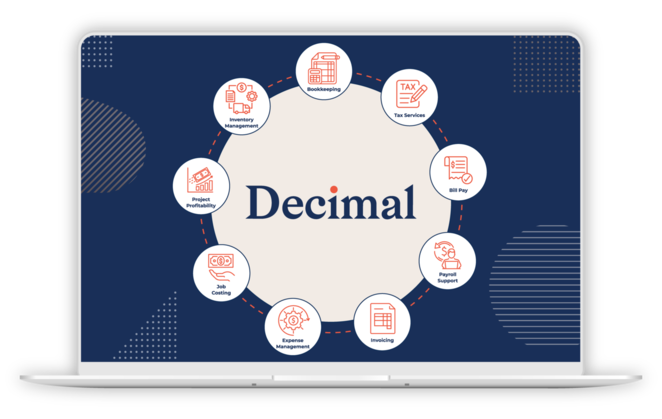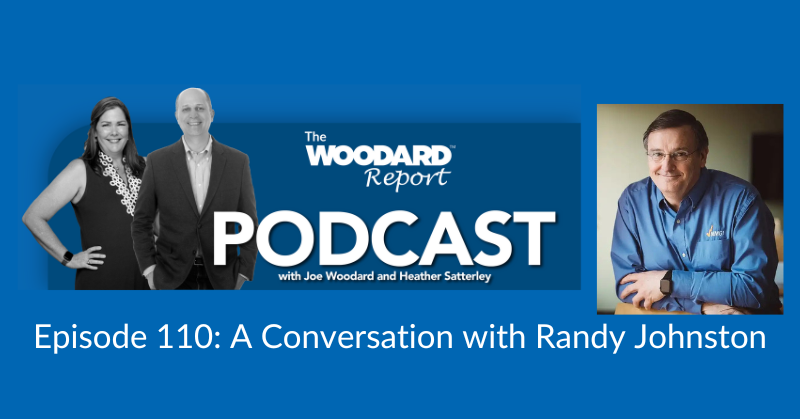Editor's Note: This article is part 2 of a 3-part series on value pricing for advisory services. View all of the articles in this series here: Value Pricing for Advisory Services Series
If you’re still billing advisory work by the hour, you’ve likely felt the disconnect. You offer strategic insight that helps clients save money, make better decisions, and grow with confidence. But your pricing reflects hours logged, not the outcomes you help achieve.
You didn’t shift into advisory to track time. You did it to create change. Yet without a pricing model that captures that value, your most impactful work often feels underpaid or overlooked.
This isn’t about making drastic changes overnight. It’s about reshaping how you present, price, and deliver your services. The best place to start is with what’s already working in your firm.
Reframe the worth of your advisory work
Before you change your pricing, revisit your recent advisory projects. What results did you help create? Maybe you uncovered $100K in tax savings or reduced operational costs by tens of thousands. Then, compare that with what you charged. If the client gained a six-figure benefit and you billed $5,000, your pricing is misaligned.
Value pricing doesn't mean charging a percentage of results as a rule. But it does mean considering whether your fee reflects the significance and complexity of the outcome. Even adjusting from $5K to $15K in a situation like that still gives your client a healthy return and starts to reposition your value.
Take it one step further: look at your client list. Who implements quickly, values your advice, and respects your time? Those are your best candidates for a new pricing model.
Clients who delay, negotiate constantly, or require constant chasing tend to devalue your role. Plus, they pull time and energy away from higher-quality relationships.
Watch the video training here: Convert Your Advisory Services to Value Pricing
Start the shift with clients who already trust you
Your A-level clients, the ones who show up prepared and implement, are ready for value pricing. These are the relationships where trust is already established. Now it’s time to let the structure catch up to the impact.
Lead with results. Open the conversation by reflecting on the wins you’ve created together. You might say, “Over the last year, we’ve simplified your reporting, reduced your tax exposure by $80K, and laid the groundwork for your next phase of growth. That kind of progress is exactly what we love supporting. So, we’ve refined how our services are structured to focus even more on delivering those kinds of results.”
Then explain that you're moving away from tracking time and toward a model that supports high-level results. You’re not selling tasks or access. You’re delivering insight, support, and clarity when it matters most.
Clients aren’t paying for minutes or meetings; they’re investing in better decisions. That distinction is powerful, and when positioned clearly, most quality clients will appreciate the shift.
Rethink discovery: from scope to strategy
New clients offer a clean slate. This is your opportunity to shift from quoting based on deliverables to pricing based on strategic value. To do that, you’ll need to revise your discovery process so potential clients realize the cost of staying stuck and the benefit of engaging your firm’s services.
The IMPACT Discovery Framework is designed to uncover what truly matters to the client:
- Issue: What’s the core problem they need solved?
- Money: What’s the financial cost of not solving it?
- Priority: Why now? What’s the urgency?
- Authority: Who’s involved in the decision?
- Consequences: What happens if this doesn’t get resolved?
- Timeline: When do they need results?
When you structure conversations around these questions, the client starts to connect your service to outcomes they care about. It’s no longer just reports or reconciliations. This shift makes the pricing conversation far less about budget and far more about value.
Let’s say a client is struggling to delegate financial oversight and wants to make timely decisions. They’re not just asking for bookkeeping. They desire better visibility, confidence in cash flow, and a path forward. Your CFO-style advisory package can focus on those outcomes with monthly financial strategy sessions, KPIs that reflect progress, and on-demand insight when decisions arise.
It’s not just a service. It’s a solution. And that distinction lets you price it accordingly.
Build confidence with tiered value anchors
Many firm owners hesitate to raise fees because they’re unsure where to start. If you’ve been billing a flat monthly rate or charging per project, you may wonder how much is too much or whether clients will accept the shift.
One of the most effective ways to test value pricing is through a simple tiered structure called the Good, Better, Best Pricing Model.
We’ll use the example that has the current baseline for monthly advisory services at $1,000.
Good Rate Start by establishing your current fee as your baseline. If, for example, your monthly engagement is $1,000, then multiply that by 1.5 to get your “good” rate. So, now you’re offering strategic support at $1,500/month. This slight increase positions your work more intentionally. After enrolling three clients at this level, you’ll realize that not all clients are price-sensitive.
Better Rate Once you’ve enrolled three clients at the good rate, repeat the process. Take your original monthly engagement fee of $1000 and now multiply it by 2. This is your new “better” rate at $2,000/month. You’re now enrolling clients who want to build for growth. Your confidence increases and so does your ability to communicate value clearly.
Best Rate Once you’ve enrolled three new clients at the better rate, it’s time to transition to the “best” rate. As new clients come in, you’ll multiply your original price by 3. Instead of charging $1000 for monthly advisory services, you’re now pricing that same service for $3000. The clients who engage your firm’s services at this level are more invested and your margins are significantly stronger. Plus, you’re now earning three times your original rate without working additional hours.
This isn’t about random price hikes. This tiered approach builds confidence and tests value perception. As you implement this, you’ll recognize a clear pattern: the more invested the client, the easier it becomes to deliver real transformation.
Strengthen the model as you go
Don’t expect this shift to be perfect from day one. However, you need to start somewhere. Begin with a few clients. Track how your conversations change. Document how clients respond. Pay attention to your own experience. You’ll notice that there’s less stress, fewer “how many hours” questions, and your quality increases.
Then, refine. Adjust your language, simplify your proposals, tighten your onboarding. The more you align pricing with outcomes, the more consistent your client results, and revenue, become.
Industry trends confirm this path. According to CPA.com’s 2023 CAS Benchmark Survey, firms focused on Client Advisory Services saw median CAS revenues grow by 61% year over year and are on track to double again in the next three years. And firms that lead with advisory pricing report 43% higher monthly revenue per client compared to those that don’t.
This isn’t a temporary tactic. It’s a durable shift toward greater value, less stress, and more sustainable growth.
Stop selling time—start delivering transformation
When you step away from hourly billing, everything changes. Your firm’s services emphasize outcomes, not availability. You lead with strategy, not schedules. And you stop measuring your value by the minute.
A time-based model might generate $150/hour over 40 billable hours a week. But, it often comes with burnout and stress. A value-based model with just 20 clients paying $18K annually creates stronger margins, more impact, and a firm that reflects your real contribution.
You’ve already proven your advisory work delivers results. Now it’s time to price like it.
This article is part 2 of a 3-part series on value pricing for accounting firm owners.
In Part 3, we’ll explore how to scale your advisory services with fewer clients, deeper engagement, and long-term profitability.
Loren Fogelman, founder of Business Success Solution, shows accounting firm owners how to strategically advance their firm’s growth. For more free educational resources for accounting firm owners from Loren, visit BusinessSuccessSolution.com.
.png?width=150&height=63&name=TWRlogo-regmark_blueblack%20(1).png)
.png)











Do you have questions about this article? Email us and let us know > info@woodard.com
Comments: